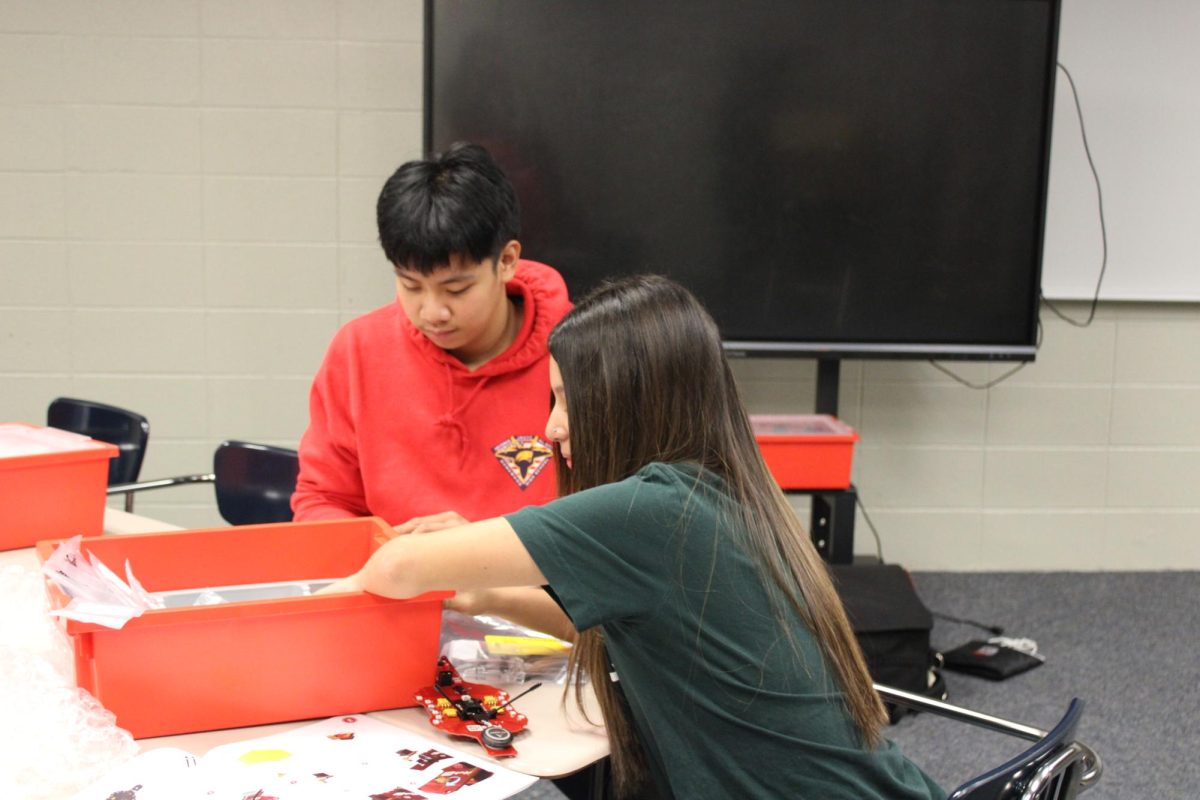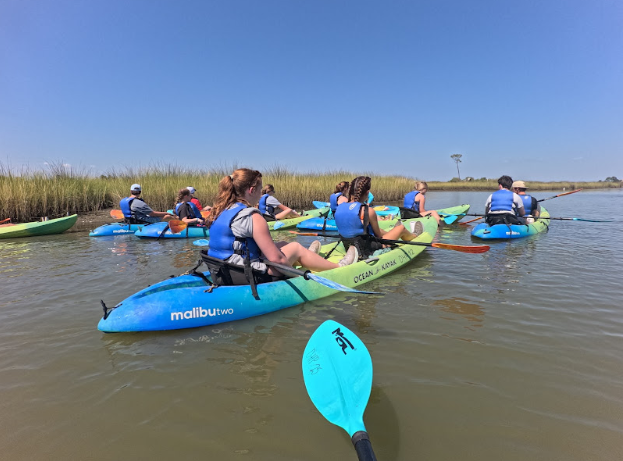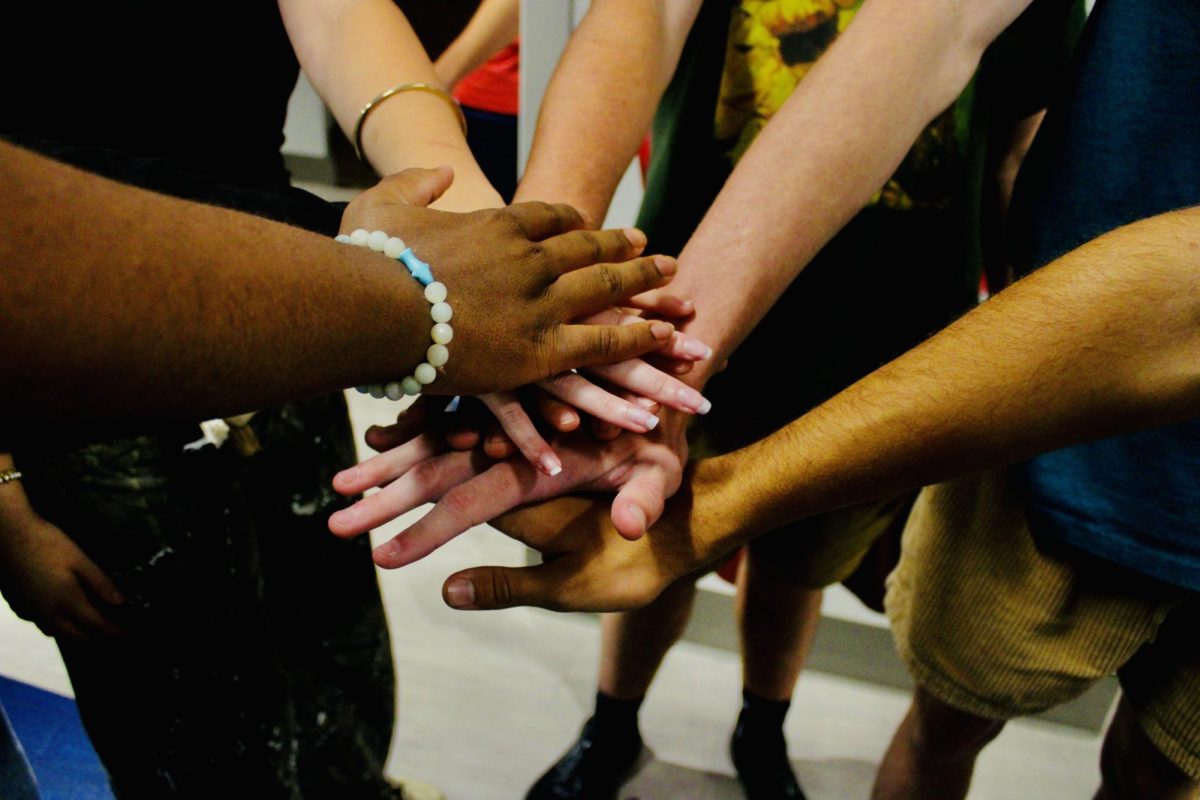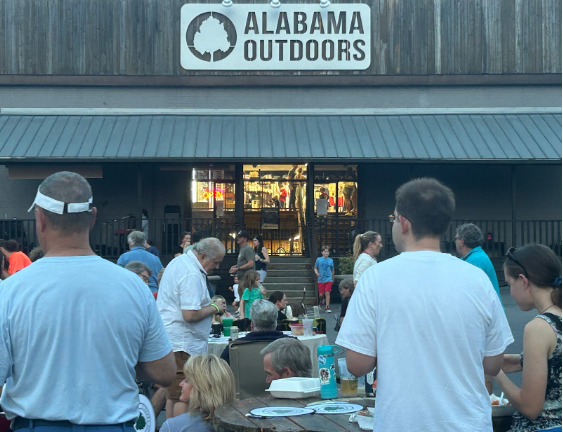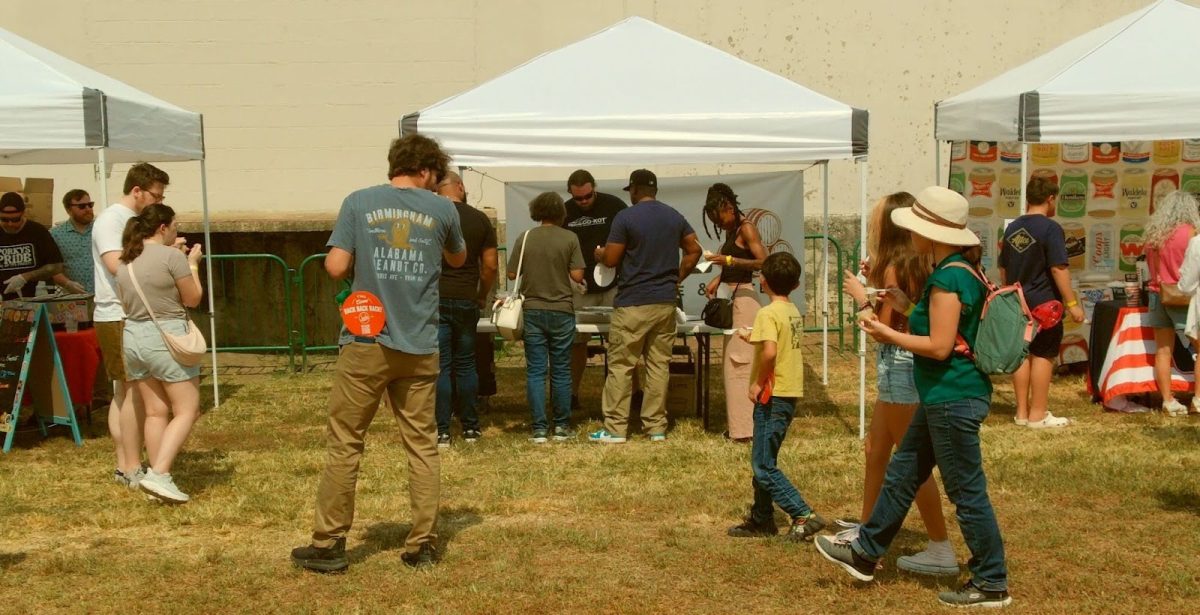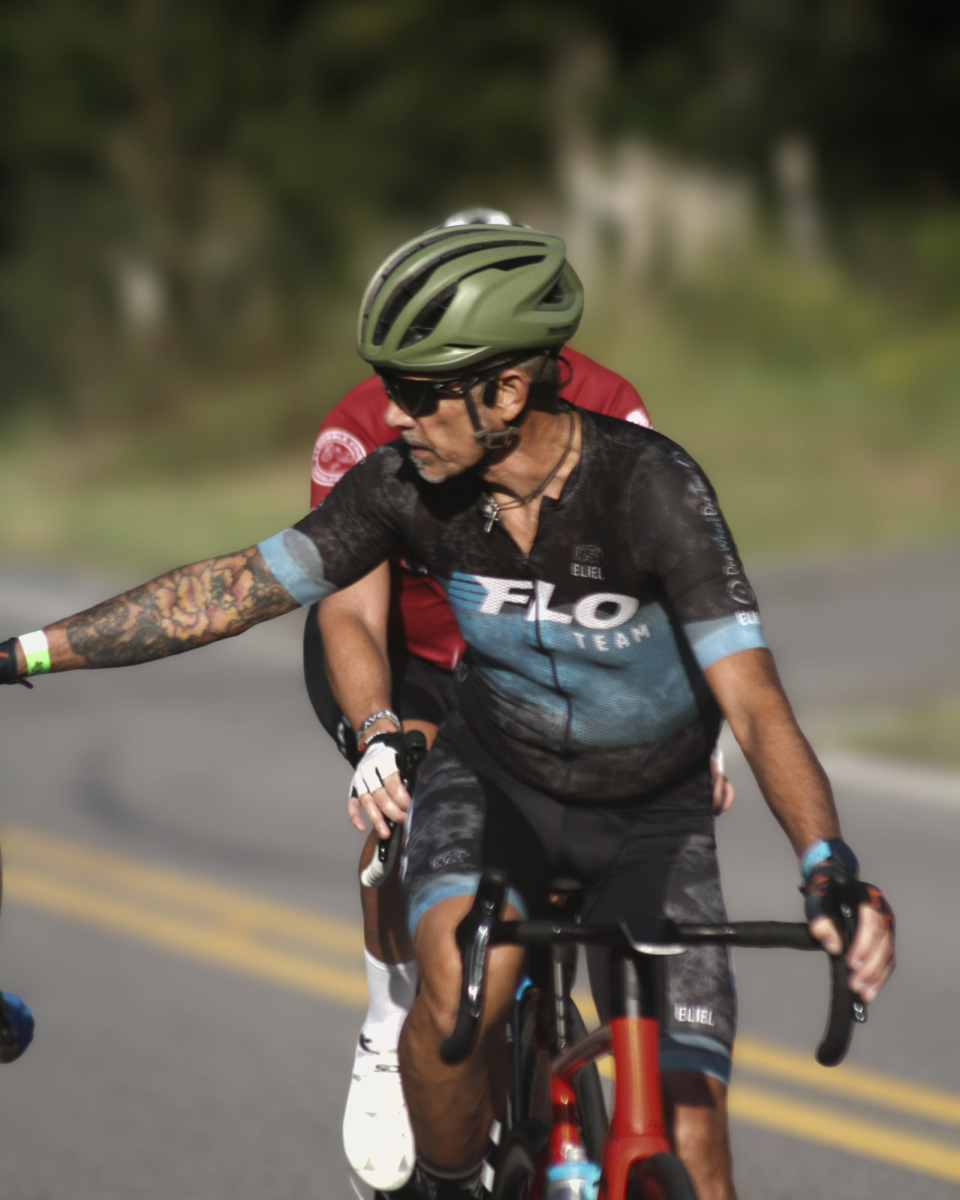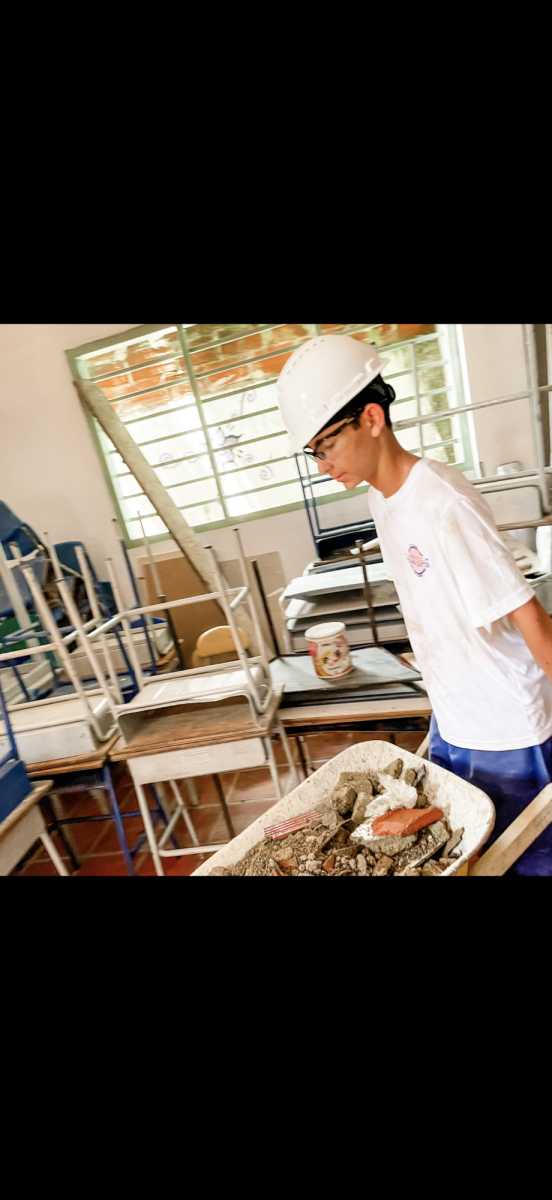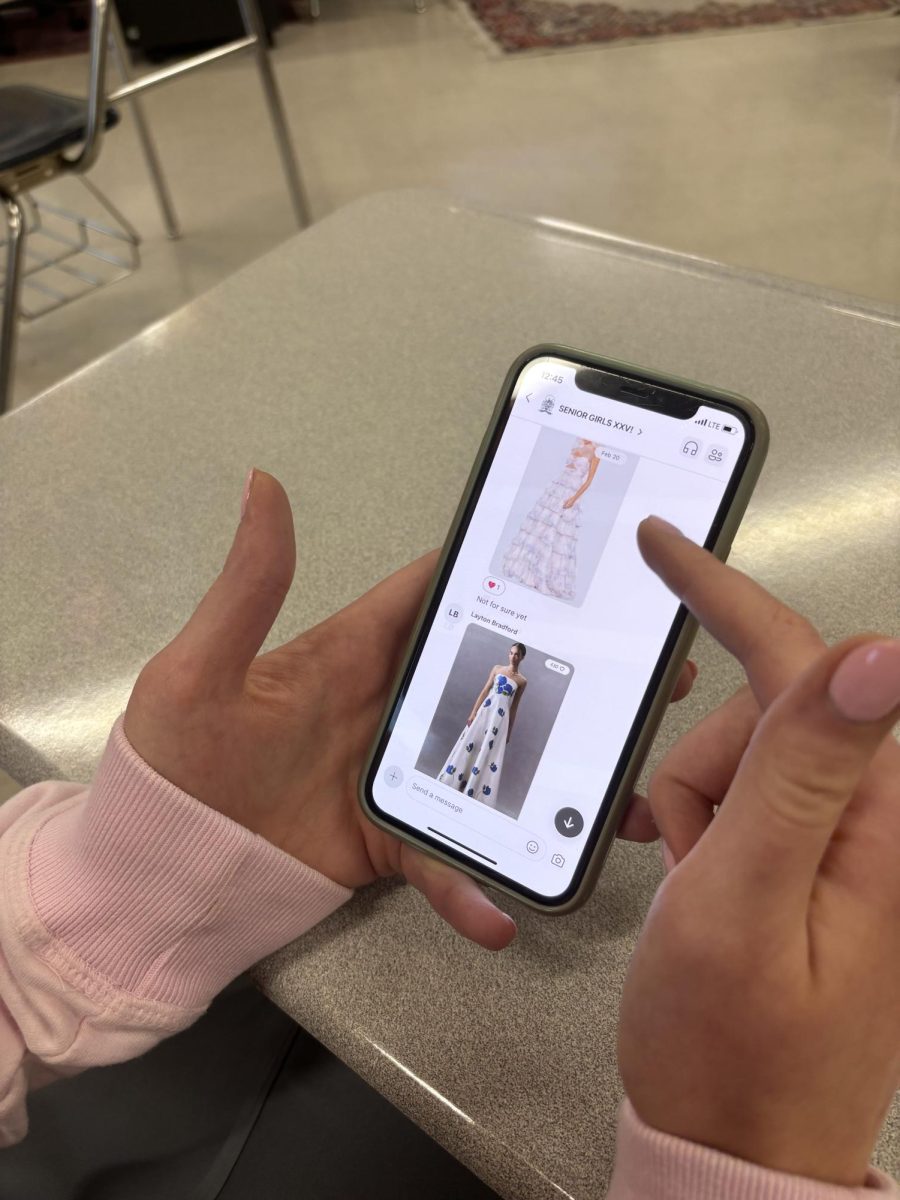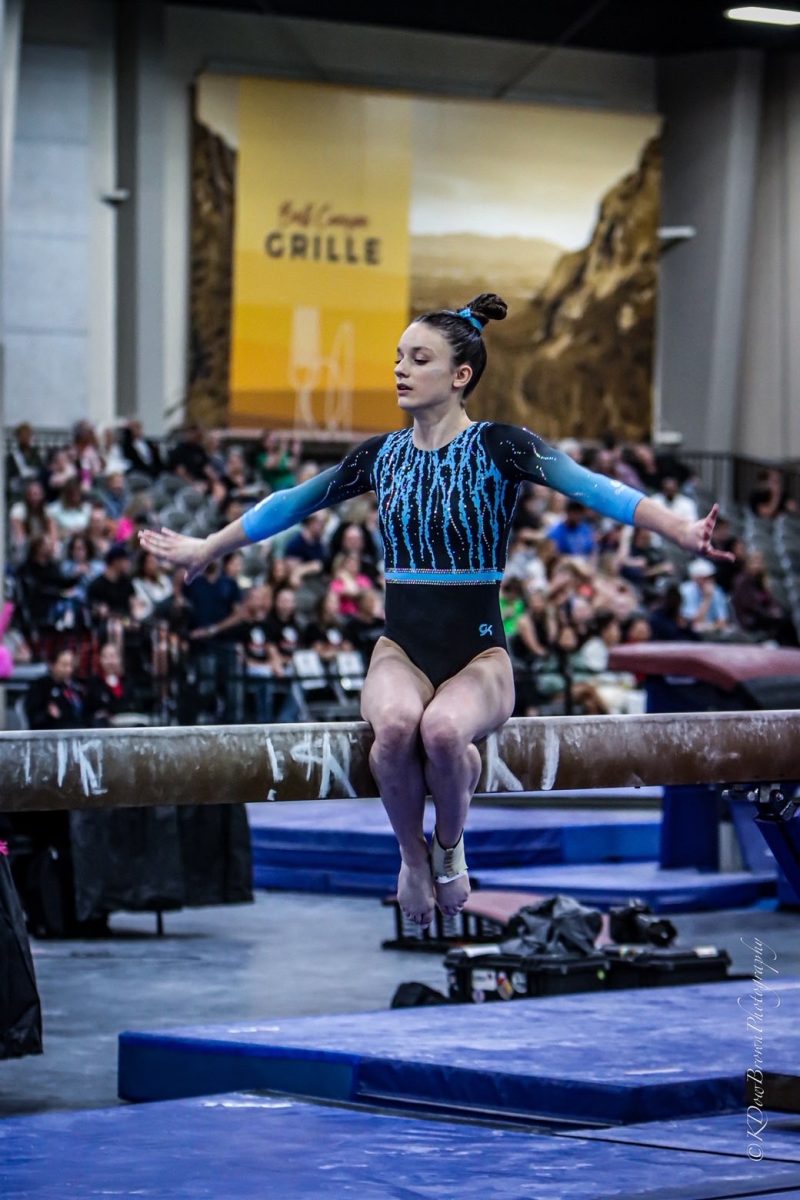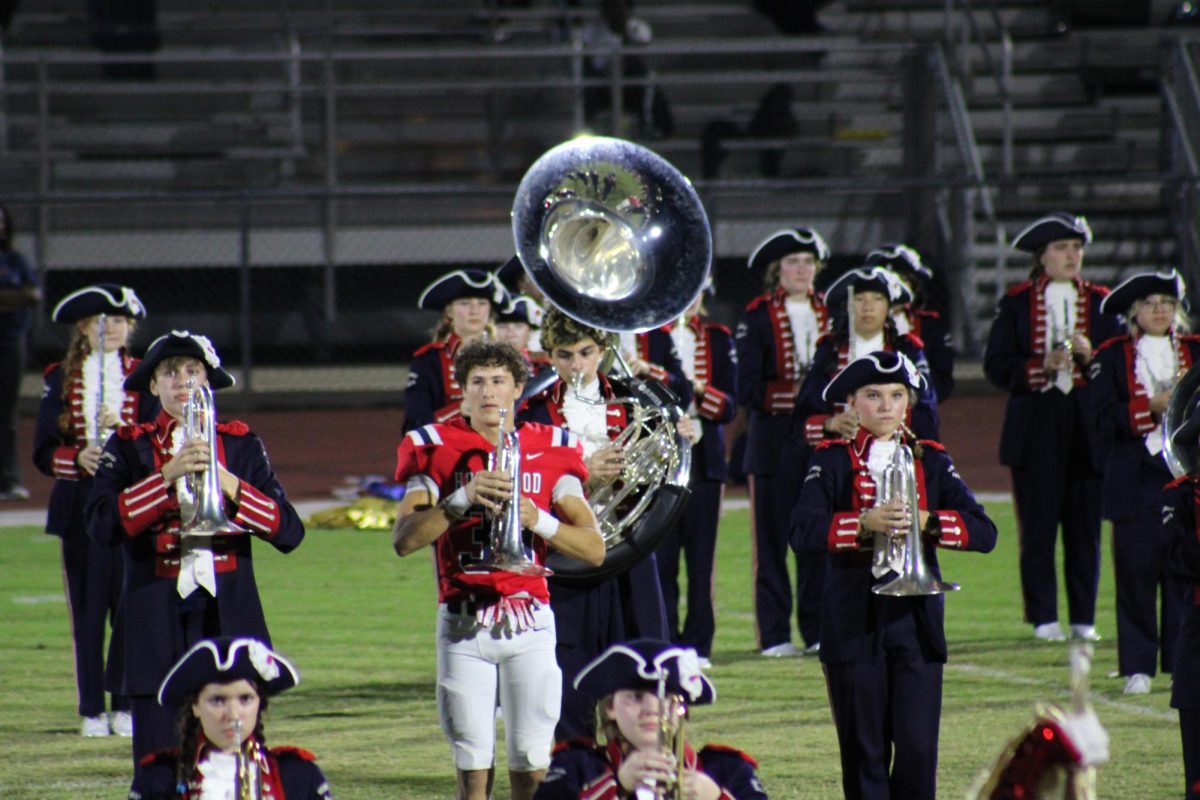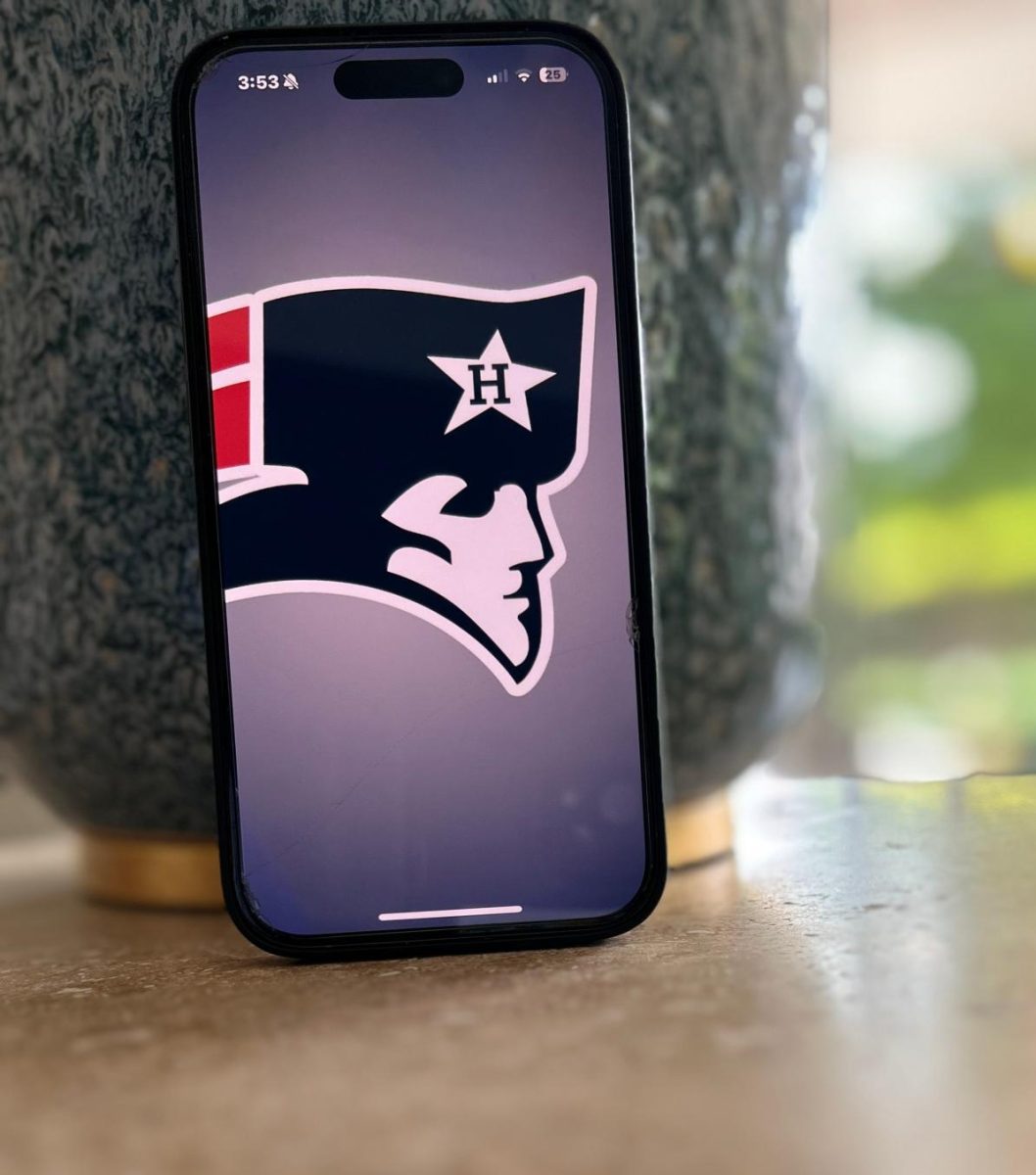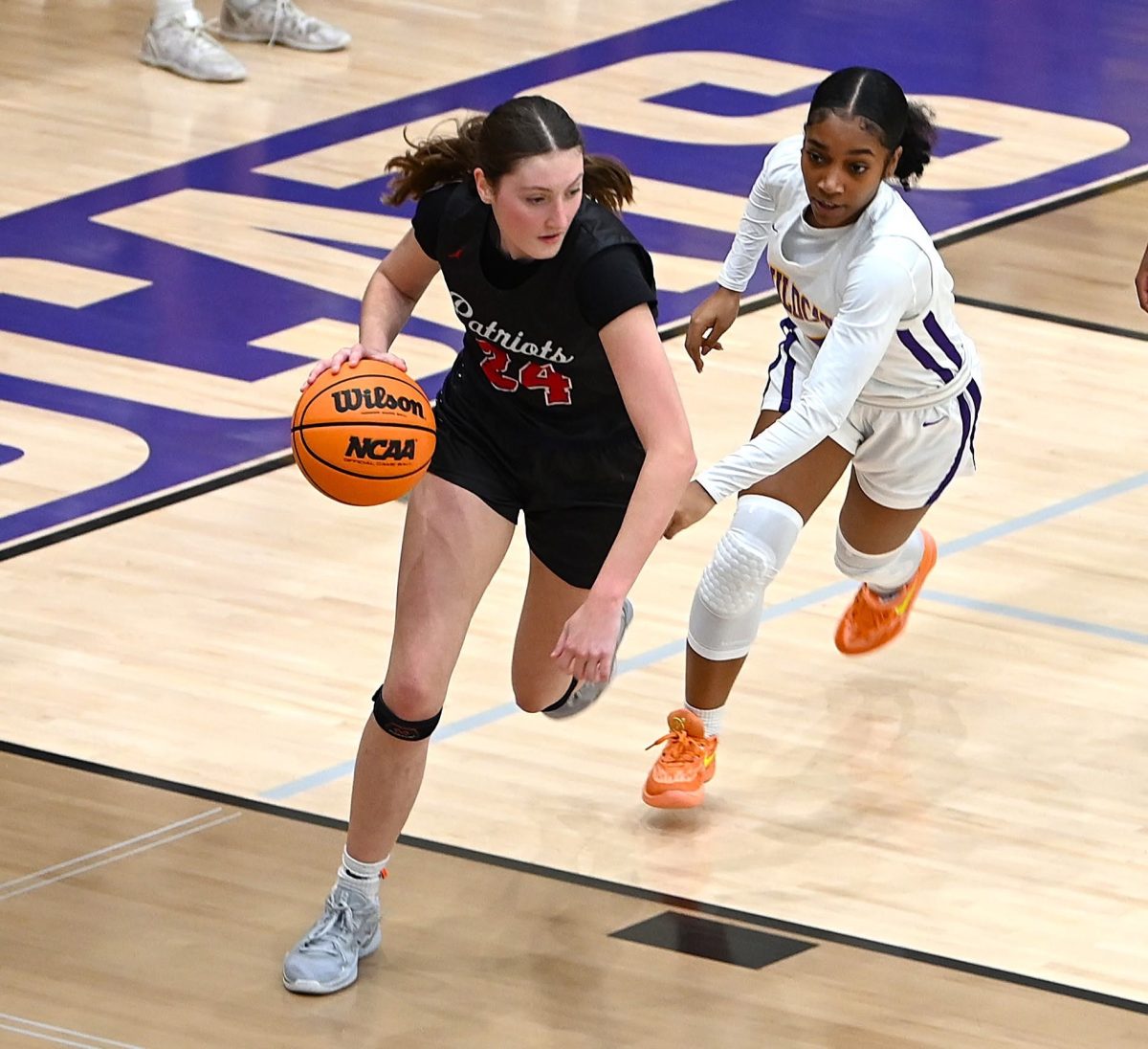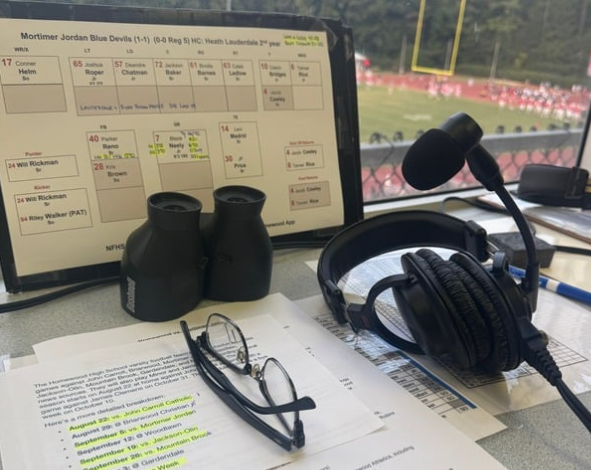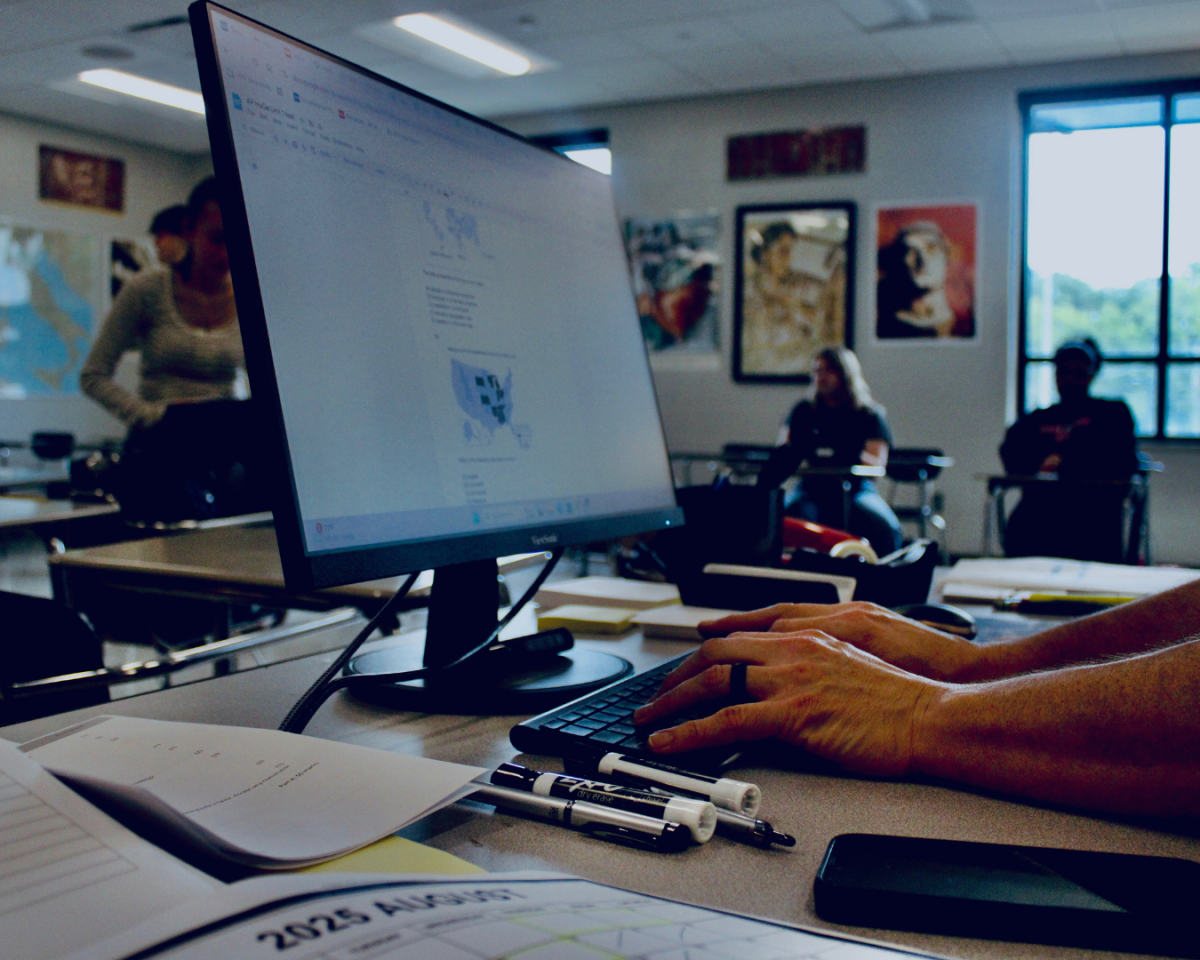Homewood’s annual Marine Science trip at Dauphin Island took place Sept. 14-17 after last years’ sudden cancellation caused by Hurricane Francine.
Located just west of Gulf Shores and south of Mobile, the island is home to a rich coastal ecosystem and several marine research facilities. This barrier island not only protects the mainland from strong storms, but also boasts an influx of freshwater that attracts an abundance of nutrients to create the ideal habitat for marine life.
Preparations for the 2025 trip marked a shift in how students were selected to participate. In the past, the first 30 students to pay the class fee secured a spot. However, this year, all interested in traveling were asked to apply, giving equal opportunities to motivated students who want to join.
“We tried to be really intentional with who was coming on the trip this year,” said Lillian Walker, one of the two Marine Science teachers leading the trip alongside Elizabeth Metge.
Joining the teachers on the trip were Bobby Deavers, Andy Sizemore and Lee Hall, helping maintain a 1-to-6 student-teacher ratio.
The trip began on a Sunday, Sept. 14, with students settling into the dorms of the Dauphin Island Sea Lab. The class explored the area with a walk down the beach and enjoyed hunting for ghost crabs after dark.
The following morning, students boarded The Discovery, a research vessel operated by the Sea Lab. There, they conducted plankton and water sampling, trawled the bay and explored marine biodiversity firsthand.
Students then built and piloted their own underwater remotely operated vehicles, or ROVs, engaging in comprehensive learning experiences.
On Sept. 16, the group kayaked through wetlands along the coastline before venturing into a salt marsh, where the soft mud created a challenge. Students stomped through the mud to find diverse marine life such as shrimp, crabs and periwinkle snails.
Senior Jasmine Moreno recounts this moment as being one of her favorites from the trip.
“My most significant memory was people getting stuck in the marsh and having to get them out of the mud,” said Moreno.
The final day began with a visit to the Dauphin Island Sea Lab’s aquarium before heading home with a few educational detours along the way. Students toured the University of South Alabama and Spring Hill College, both of which boast robust marine science programs.
Spring Hill offered each student on the trip a $2,000 scholarship. At South Alabama, students participated in a marine science lab and learned about current faculty research.
Throughout the trip, students kept a species identification log—a part of the scientific immersion Walker believes is essential.
“These are experiences that students have to be at the beach for and they were life changing experiences for me,” Walker said. “What I hope really happens is that every student develops an appreciation for science.”
When reflecting on the trip, Moreno believes that her time on the island was well spent.
“It’s a great mixture of learning and having fun,” Moreno said.
Student Will Hofer, who took the marine science course the year prior, agreed that the trip made a lasting impact.
“We’re landlocked right now in Homewood,” Hofer said. “But when you go out there you get to go see the sea and something different…that you don’t get exactly all the time in school with labs.”

